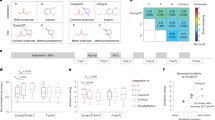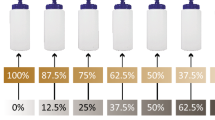Abstract
The olfactory system is faced with a particular problem – the high dimensionality and inherent unpredictability of the chemical world. Most natural odorants encountered in everyday life are complex mixtures of many different volatiles. This means that from the outset the olfactory system has to contend with a great and often unpredictable diversity of molecules, making it difficult for stable primary features of the chemical world to be mapped onto the sensory surface. One solution to such unpredictability is provided by learning. Learning confers flexibility, enabling individuals of a given species to acquire and make use of the most appropriate information in a particular environment. Two examples of this are presented: learning of maternal odors in neonatal rabbits, including evidence that the sensory surface itself may be influenced by environmental conditions so as to enhance sensitivity to molecules of particular ecological relevance, and cross-cultural human studies suggesting that experience with everyday odors influences not only the way these are evaluated, but also their perceived intensity. It is concluded that an adequate understanding of odor coding and olfactory function will not be possible without taking such experience-dependent factors into account.
Similar content being viewed by others
Author information
Authors and Affiliations
Additional information
Accepted: 11 May 1999
Rights and permissions
About this article
Cite this article
Hudson, R. From molecule to mind: the role of experience in shaping olfactory function. J Comp Physiol A 185, 297–304 (1999). https://doi.org/10.1007/s003590050390
Issue Date:
DOI: https://doi.org/10.1007/s003590050390




